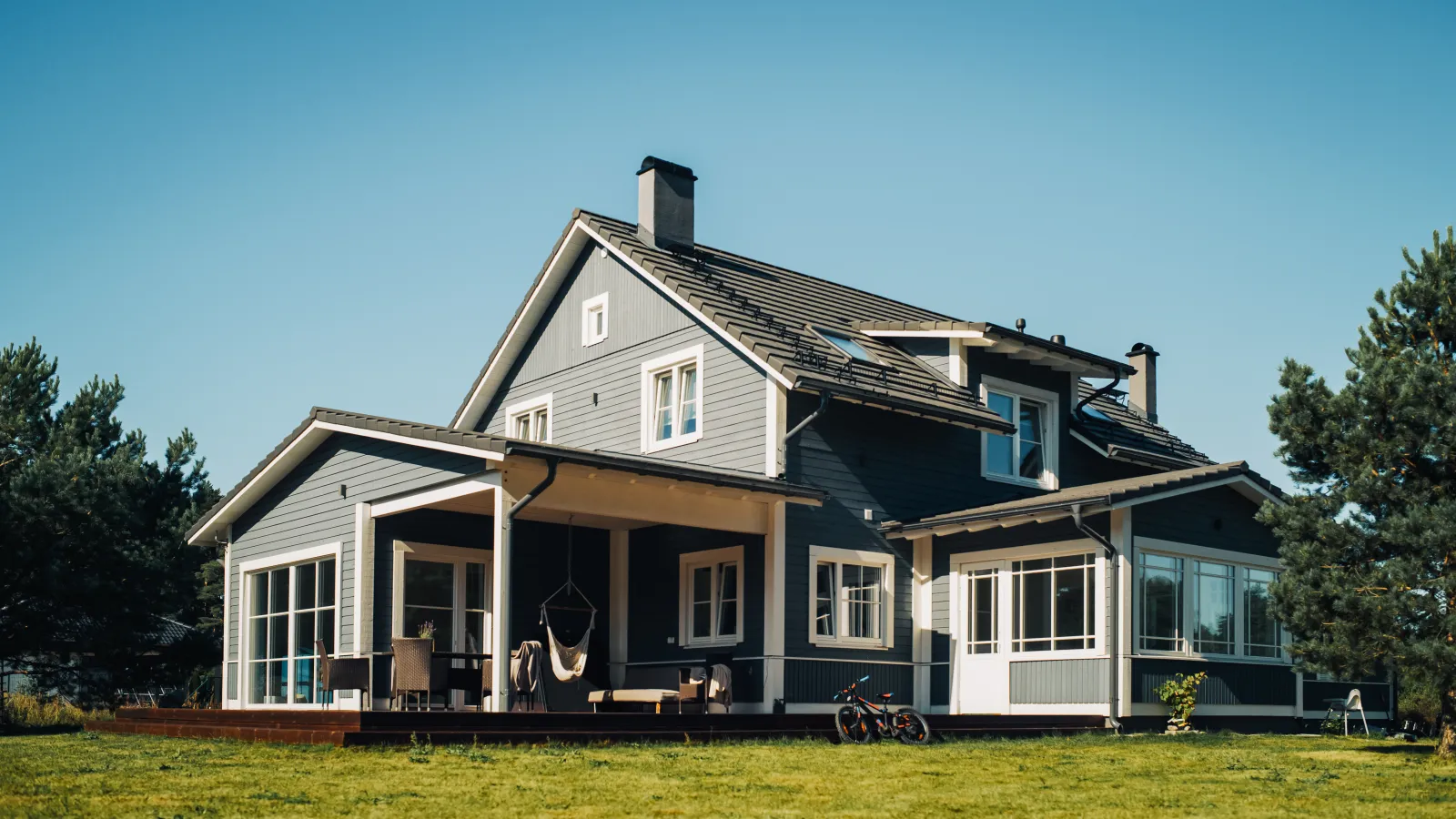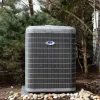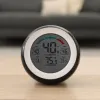Moving into a brand new house is exciting. Not only is everything shiny and unused, but many modern homes are more energy efficient than older ones. You should be moving into a pristine, efficient environment where everything is in perfect shape.
Should be.
But sometimes, there are… problems.
Here in Atlanta, we often get calls from people who just moved into newly constructed homes. The problem is that the home, new though it may be, isn’t comfortable. Either it’s too warm and humid in summer, too cold in the winter, or there are hot and cold spots all over the home. A lot of times, all of these things are happening.
What can you do? The house is new and the HVAC system is new. You don’t want to yank out a brand new system or do additional construction on top of what was just finished. And why didn’t the builder get it right?
How builders sometimes botch HVAC installations
Some builders do things right. When it’s time to install HVAC equipment, they bring in qualified contractors to perform load calculations and crunch numbers to determine the right sizes, types, and locations for different components of the duct system.
But a lot of builders still don’t do these things. They just guess at the right size for the HVAC system and then hack something in.
As a result, we see things like:
- Virtually zero HVAC design work: You can’t just put in equipment and run some ducts. There are several calculations that go into effective HVAC design, and it’s really obvious when builders haven’t bothered with them.
- Oversized HVAC systems: These units run shorter cycles than properly sized units, which results in poor humidity management as well as…
- Hot and cold spots everywhere: In summer, some rooms will be too cold and others won’t be cold enough. The same will be true in winter, but possibly in reverse.
- Not enough fresh air: Modern high performance homes are super airtight. That’s mostly a good thing, but these homes require mechanical ventilation to ensure good air quality. In many cases, builders or contractors don’t provide enough fresh air to the home.
Any time builders cheap out on HVAC design and follow old school “rules of thumb” for system sizing, they run the risk of creating an uncomfortable environment. Ditto for super energy efficient homes that don’t get enough fresh air. The good news is that there are often ways for us to clean up the mess they made.
Possible solution #1: Make adjustments to the ductwork
Most people moving into a freshly built home don’t want to change everything about their HVAC system, and we get that. After all, the HVAC system is also brand new.
Depending on the nature of the problem, we can often make changes to the duct system that improve the equipment’s ability to heat and cool. These changes usually involve no additional construction or reconstruction.
For example, we can perform a Manual D calculation to help us understand what size and type of ductwork your home should have. In many cases, builders use the wrong duct size – typically, the ducts will be too small – so we can replace those duct runs with the proper ones.
Manual D also helps us understand where the ducts should be located and how many bends or turns we can add without inhibiting airflow. All of these things are important if you want your system to keep you comfortable!
Then there’s the question of grilles (aka diffusers, registers, and vents). Sometimes builders don’t provide as many as you need or install them in the places where you need them. Ditto for return air. It’s common for builders to install fewer returns than your home actually needs.
To determine the right number, sizes, and locations for these components, we use the Manual T protocol. If required, we can make adjustments to existing registers or relocate them. Combined with adjustments to the ducts themselves, these changes can make a big difference in the performance of your new system.
Possible solution #2: Install a whole-house dehumidifier
A lot of builders still install oversized systems. When they do this, the AC satisfies your thermostat setting really quickly. That might sound good, but it isn’t. Air conditioners work best when they run for an extended cycle. The longer the AC runs, the more humidity it removes from your home.
And we all know there’s a big difference between 73 degrees with 55% relative humidity (RH) and 73 degrees with 90% RH.
Your oversized AC might be really fast at making it 73 degrees inside your home, but it will still feel humid as all get out. Nobody wants this.
Could you replace the system? Sure, but it’s probably brand new! Instead, we may recommend installing a whole-house dehumidifier. This type of dehumidifier connects to your home’s ductwork and removes all of the humidity that your AC can’t remove on its own.
So when the AC turns off between cycles, the dehumidifier will continue running to remove moisture from the air. That way, your home can feel cool and dry, which is what you want!
Possible Solution #3: Add mechanical ventilation
While we’re generally huge fans of airtight, energy efficient construction, it’s important – no, essential – for builders to think about how to ventilate these homes.
Except that they don’t. Or, if they do think about ventilation, they usually don’t implement the right solution. We often see tiny fresh air ducts connected to the main duct system, but these usually don’t provide enough ventilation to these homes.
When your home doesn’t get enough ventilation, you could end up with overly humid conditions. After all, people generate a lot of humidity! They take showers, cook pasta, and hang clothes to dry next to sunny windows. In an airtight environment where the temperature doesn’t fluctuate much based on conditions outdoors, the AC won’t be running all that much. When the AC doesn’t run, it can’t remove the humidity generated by all of those activities.
In airtight homes, you may also experience lingering odors from cooking, pets, or household projects. Without adequate ventilation, it could be a long time before those smells dissipate.
For situations where a lack of ventilation causes humidity to accumulate in the home, we usually recommend one of the following setups:
- An energy recovery ventilator, or ERV combined with a whole-house dehumidifier. An ERV is a mechanical ventilation device that does a great job removing odors, allergens, and pollutants to ensure your home’s air is always fresh. The whole-house dehumidifier removes excess humidity generated by household activities, even when the AC isn’t running.
- A ventilating dehumidifier that brings in outdoor air, filters it, and removes humidity before cycling it through your home. This is the second best option after the ERV/dehumidifier combo.
Whether we recommend a ventilating dehumidifier, an ERV, or both depends on the specifics of the home’s ventilation problem and the homeowner’s budget.
New construction really is awesome…
Except when it isn’t. Any time homeowners approach us with any of these HVAC problems in their new house, we can usually adjust the ductwork, install a dehumidifier, or both.
Newer often means better. But when it comes to HVAC, “better” always means a system and equipment that was selected and designed in a manner appropriate to the home. There’s a lot of work involved in doing it right. In our experience, it’s always worth it.
Owner






